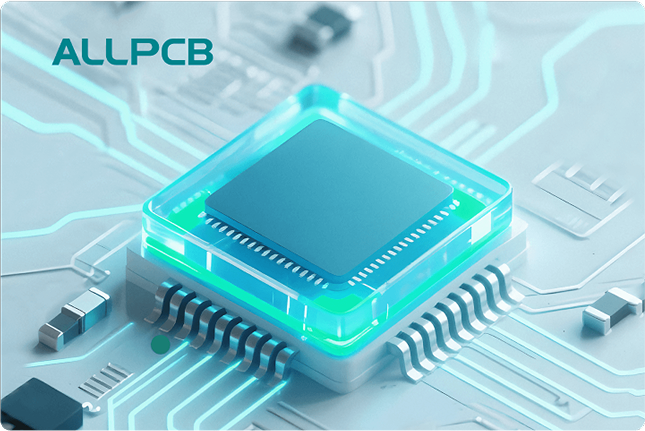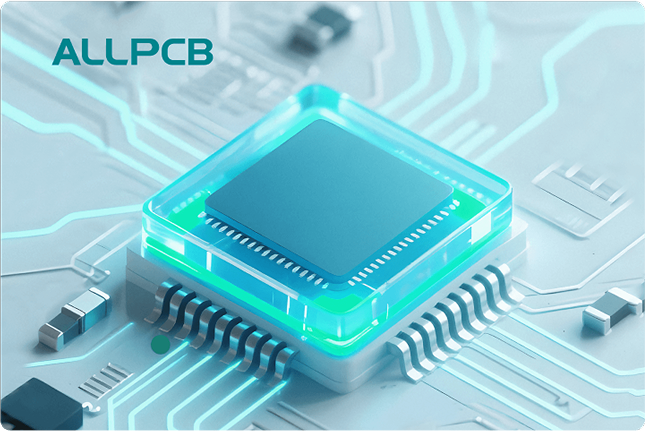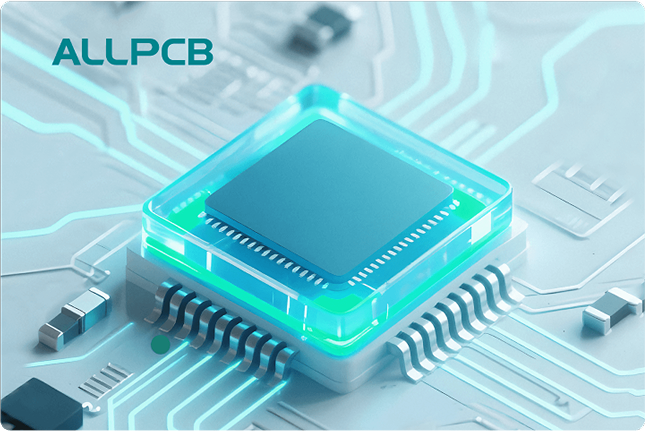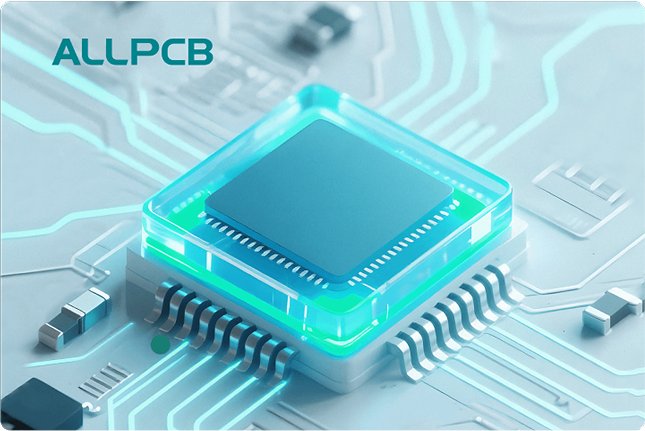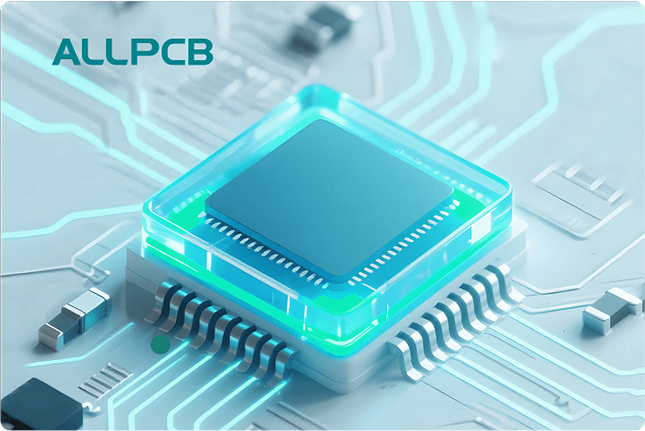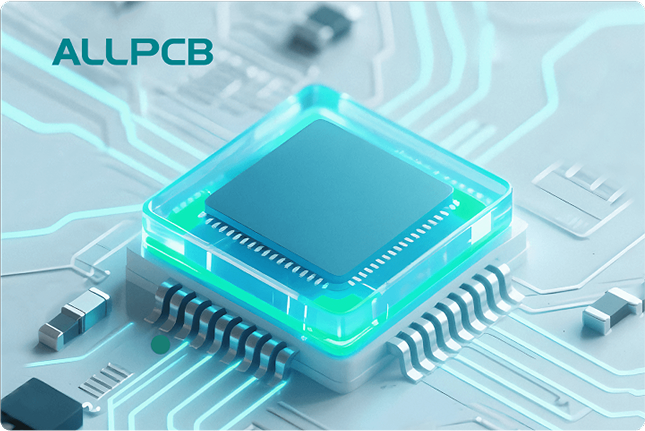In the fast-paced world of electronics manufacturing, protecting sensitive components from electrostatic discharge (ESD) is crucial. ESD can silently damage printed circuit boards (PCBs) and their components, leading to costly failures and reduced reliability. So, how can you ensure ESD-safe PCB handling? By following best practices like using anti-static PCB containers, wearing ESD wrist straps for PCB handling, applying grounding techniques for electronics assembly, conducting ESD audits in PCB manufacturing, and utilizing static dissipative PCB storage, you can safeguard your products and maintain quality.
In this comprehensive guide, we’ll dive deep into these strategies, offering practical tips and detailed insights to help engineers and manufacturers protect their sensitive electronics from static damage. Whether you're assembling, storing, or transporting PCBs, these best practices will ensure your components remain safe and functional.
Understanding Electrostatic Discharge (ESD) and Its Impact on PCBs
Electrostatic discharge occurs when static electricity builds up on a surface and suddenly discharges, often through contact with another object. In the context of PCBs, even a small discharge—sometimes as low as 100 volts—can damage sensitive components like microchips, transistors, and integrated circuits. Humans can’t feel discharges below 3,000 volts, yet damage to electronics can occur at much lower levels, making ESD a hidden threat.
The consequences of ESD damage range from immediate component failure to latent defects that only appear during testing or after deployment. According to industry studies, ESD-related failures account for a significant percentage of electronic device malfunctions, costing manufacturers millions annually. This makes ESD-safe handling not just a best practice but a necessity in PCB assembly and manufacturing.

Key ESD-Safe PCB Handling Best Practices
To minimize the risk of ESD damage, adopting a comprehensive approach to safe handling is essential. Below, we explore the most effective strategies to protect sensitive components during assembly, storage, and transport.
1. Use Anti-Static PCB Containers for Safe Storage and Transport
One of the simplest yet most effective ways to protect PCBs from ESD is by using anti-static PCB containers. These containers are made from materials that prevent the buildup of static electricity, ensuring that sensitive components remain safe during storage and transportation. Unlike regular plastic containers, which can generate static charges through friction, anti-static containers have a surface resistivity typically between 10^6 and 10^9 ohms per square, effectively dissipating any static buildup.
These containers come in various forms, such as trays, bins, and boxes, and are often designed to hold multiple PCBs securely. When selecting anti-static PCB containers, ensure they meet industry standards like ANSI/ESD S20.20, which outlines guidelines for ESD control. By storing and moving PCBs in these containers, you create a protective barrier against static charges, reducing the risk of damage during handling.

2. Wear ESD Wrist Straps for PCB Handling
Human operators are one of the primary sources of static electricity in electronics assembly. The simple act of walking across a carpet or rubbing against clothing can generate thousands of volts of static charge on the body. To prevent this charge from transferring to sensitive components, wearing ESD wrist straps for PCB handling is a must.
ESD wrist straps work by connecting the wearer to a grounded point, typically through a coiled cord with a resistance of 1 megohm for safety. This setup ensures that any static charge on the body is safely dissipated to ground before it can harm a PCB. When using wrist straps, always test them daily using a wrist strap tester to confirm they are functioning correctly. A properly functioning strap should show a resistance reading between 750 kilohms and 10 megohms, depending on the specific model and setup.
In addition to wearing wrist straps, operators should avoid wearing synthetic clothing, which can generate static, and instead opt for ESD-safe garments. Combining these personal protective measures with other grounding techniques creates a robust defense against static discharge.

3. Implement Grounding Techniques for Electronics Assembly
Grounding is the cornerstone of any ESD control program. Grounding techniques for electronics assembly ensure that static charges are safely directed away from sensitive components, preventing damage. This involves creating a common ground point for all equipment, workstations, and personnel in the assembly area.
Start by equipping workstations with ESD-safe mats, which have a surface resistivity of 10^6 to 10^9 ohms per square and are connected to a grounding point. These mats dissipate static charges from tools, components, and operators. Additionally, ensure that all conductive items, such as metal tools and equipment, are grounded to prevent charge buildup. Use grounding cords with a resistance of less than 1 ohm to ensure a direct path to ground.
Flooring also plays a critical role in grounding. ESD-safe flooring, with a resistance to ground of less than 10^9 ohms, helps dissipate charges from personnel walking in the area. Regularly test grounding systems using a megohmmeter to confirm they meet required standards. By maintaining a consistent grounding strategy, you can significantly reduce the risk of ESD events during assembly.

4. Conduct ESD Audits in PCB Manufacturing
Even with the best ESD control measures in place, regular evaluation is necessary to ensure compliance and effectiveness. Conducting ESD audits in PCB manufacturing helps identify weaknesses in your processes and equipment, allowing for timely corrections before damage occurs.
An ESD audit typically involves checking the functionality of wrist straps, grounding systems, and ESD-safe materials. Use specialized tools like surface resistance meters to measure the resistivity of mats, containers, and flooring, ensuring they fall within the acceptable range of 10^6 to 10^9 ohms per square. Audits should also include a review of employee training records to confirm that all personnel are up to date on ESD handling procedures.
Schedule audits at least quarterly, or more frequently in high-risk environments, and document findings for continuous improvement. Following standards like ANSI/ESD S20.20 during audits ensures that your facility meets industry benchmarks for ESD control. By proactively identifying and addressing potential issues, you can maintain a high level of protection for sensitive components.

5. Utilize Static Dissipative PCB Storage Solutions
Storage is often an overlooked aspect of ESD protection, yet it’s just as critical as handling and assembly. Static dissipative PCB storage solutions, such as shelves, racks, and cabinets made from materials with controlled resistivity, prevent static buildup during long-term storage. These materials typically have a surface resistivity of 10^5 to 10^9 ohms per square, ensuring that any static charges are safely dissipated rather than accumulating.
When storing PCBs, avoid placing them directly on non-ESD-safe surfaces like regular plastic or wood, which can generate static through friction. Instead, use static dissipative trays or bins within storage units, and ensure the storage area is maintained at a humidity level of 40-60% to minimize static generation. High humidity reduces the likelihood of static buildup, as moisture in the air helps dissipate charges naturally.
Label storage units clearly to prevent mix-ups with non-ESD-safe materials, and regularly inspect them for wear or damage that could compromise their dissipative properties. By prioritizing static dissipative PCB storage, you can protect your inventory from latent ESD damage over time.
Building a Comprehensive ESD Control Program
While individual practices like using anti-static containers and wearing wrist straps are essential, integrating them into a broader ESD control program elevates your protection strategy. A well-rounded program includes policies, training, and regular monitoring to ensure consistent compliance across all stages of PCB handling.
Start by developing clear ESD policies that outline procedures for handling, storage, and assembly. Communicate these policies to all employees through regular training sessions, covering topics like the importance of grounding techniques and the proper use of ESD-safe equipment. Training should be mandatory for new hires and refreshed annually for existing staff to keep knowledge current.
Appoint an ESD coordinator to oversee the program, conduct audits, and address any issues promptly. Equip your facility with ionization systems if grounding alone isn’t sufficient, as ionizers neutralize static charges in the air, providing an additional layer of protection. By fostering a culture of ESD awareness, you can minimize risks and maintain the integrity of your products.
Tips for Maintaining ESD-Safe Practices Over Time
Consistency is key to effective ESD protection. Here are some actionable tips to sustain your efforts:
- Regularly test ESD equipment like wrist straps and mats to ensure they remain within acceptable resistance ranges (e.g., 10^6 to 10^9 ohms for dissipative materials).
- Keep work areas clean and free of insulators like plastic cups or paper, which can generate static charges.
- Monitor environmental conditions, maintaining humidity between 40-60% to reduce static buildup.
- Update training materials to reflect the latest industry standards and technologies for ESD control.
- Invest in high-quality ESD-safe tools and materials to avoid premature wear or failure.

Conclusion: Prioritizing ESD-Safe PCB Handling for Long-Term Success
Protecting sensitive components from electrostatic discharge is a critical aspect of PCB handling and manufacturing. By implementing best practices like using anti-static PCB containers, wearing ESD wrist straps for PCB handling, applying grounding techniques for electronics assembly, conducting ESD audits in PCB manufacturing, and leveraging static dissipative PCB storage, you can significantly reduce the risk of damage and ensure the reliability of your products.
At ALLPCB, we understand the importance of ESD safety in delivering high-quality electronics. By adopting these strategies and building a robust ESD control program, you can safeguard your components, streamline your processes, and achieve long-term success in the competitive world of electronics manufacturing. Start implementing these practices today to protect your investments and maintain the trust of your customers.
 ALLPCB
ALLPCB


